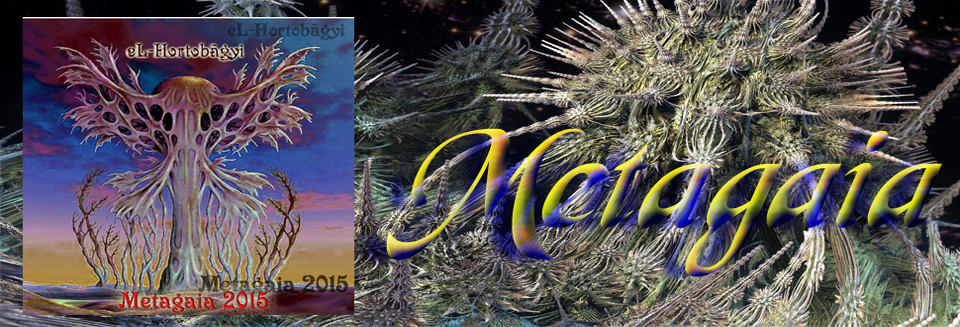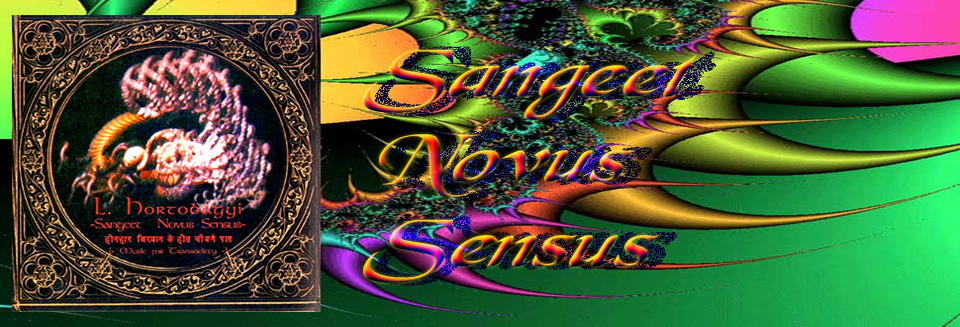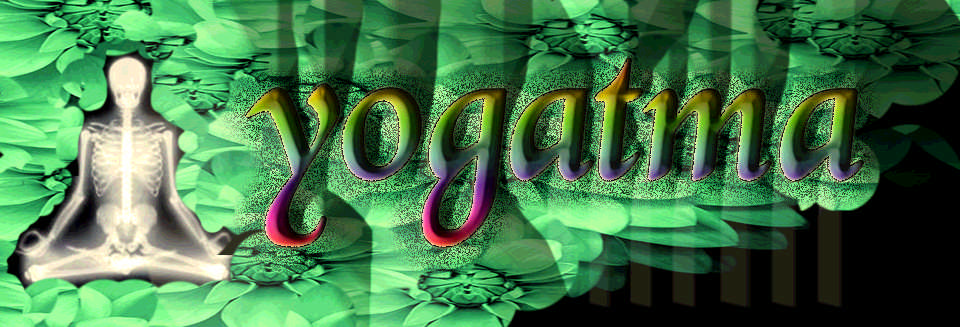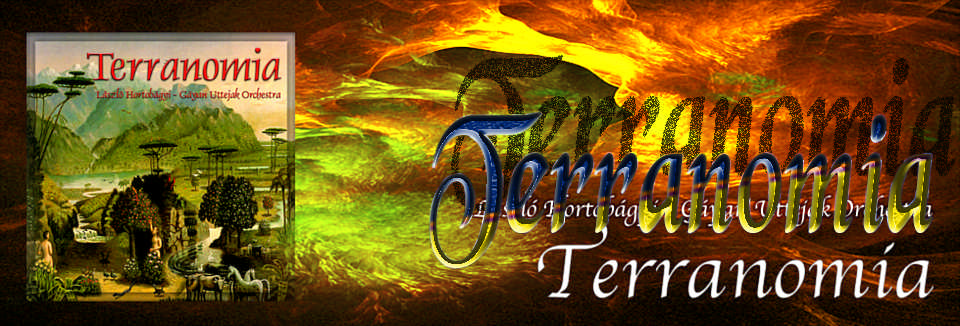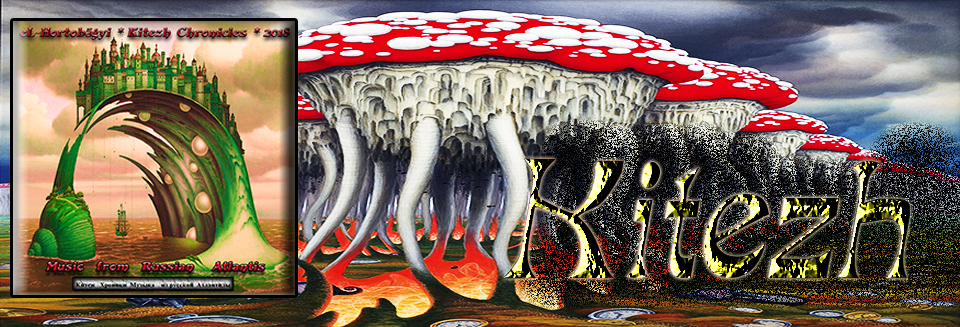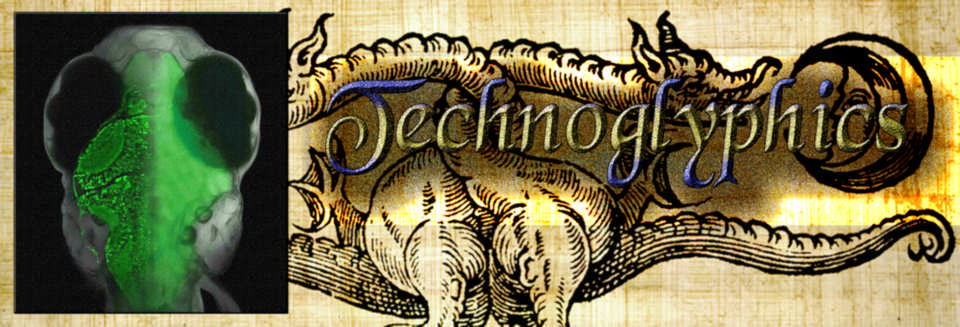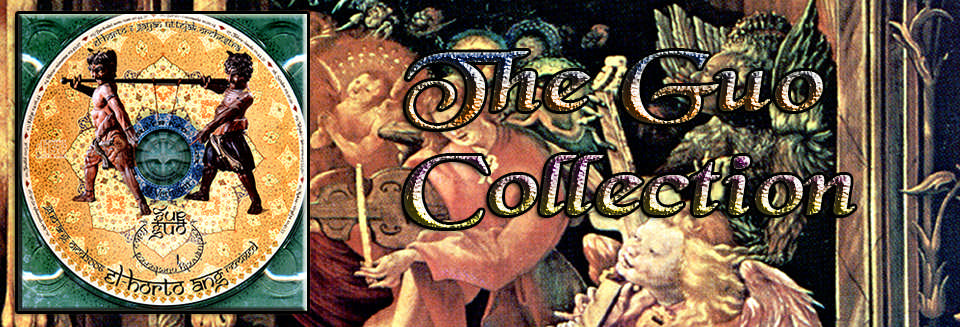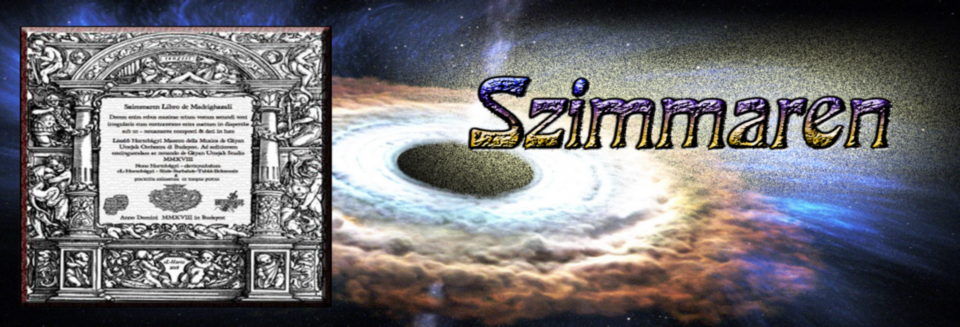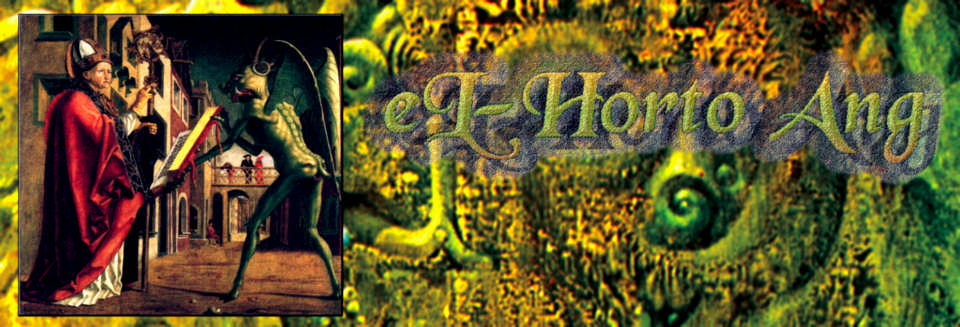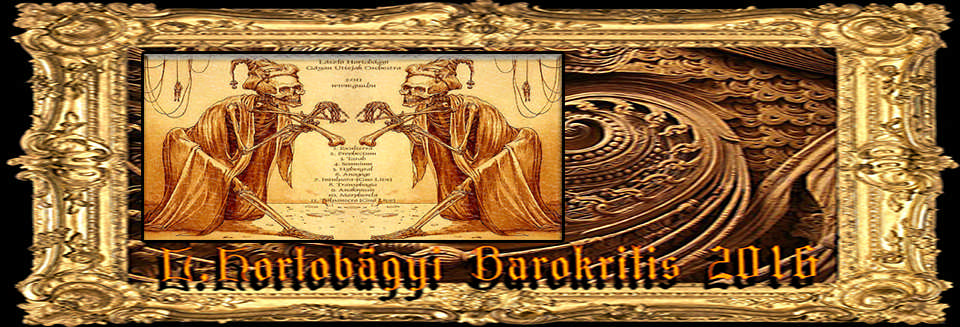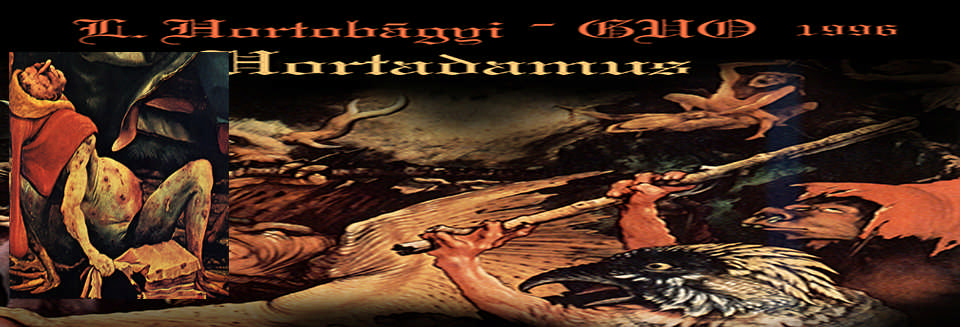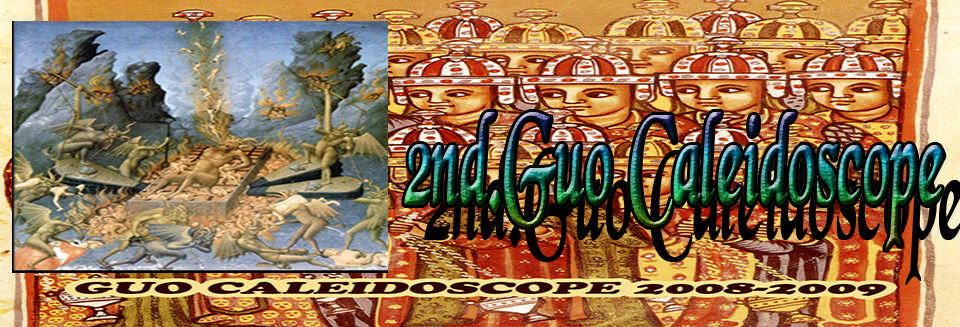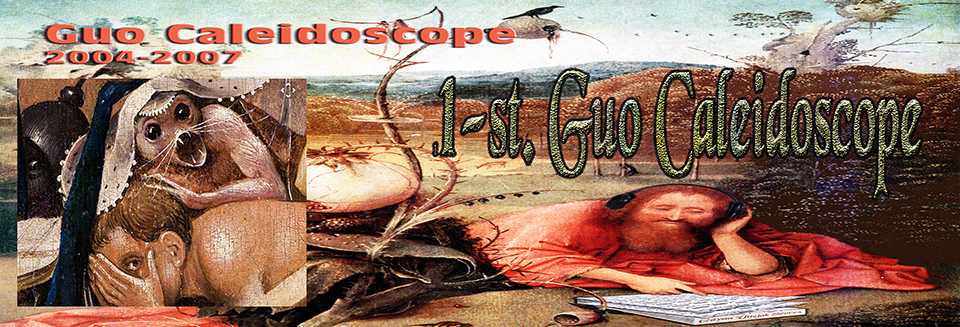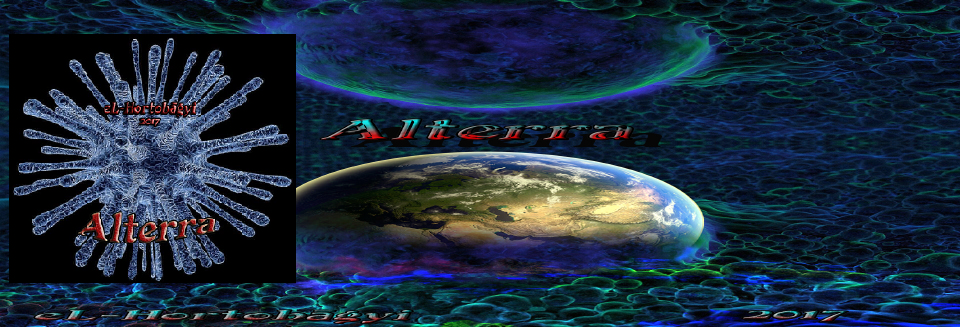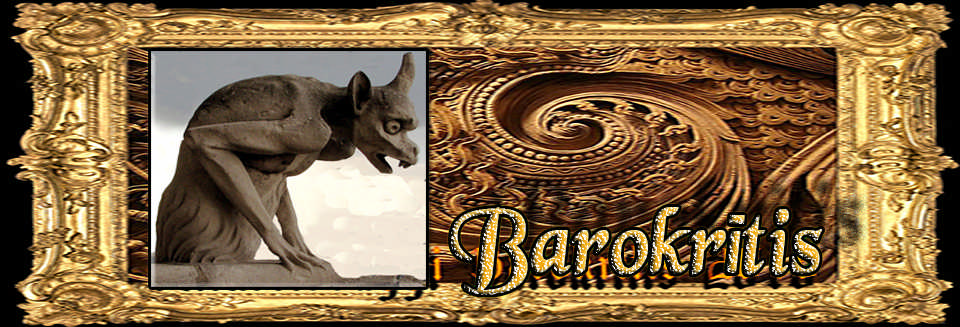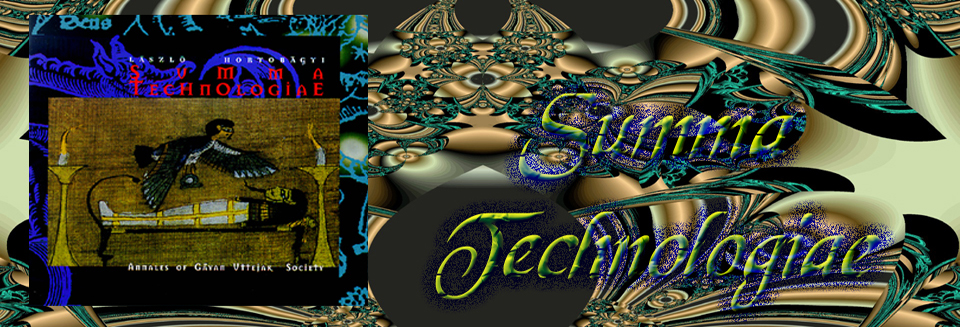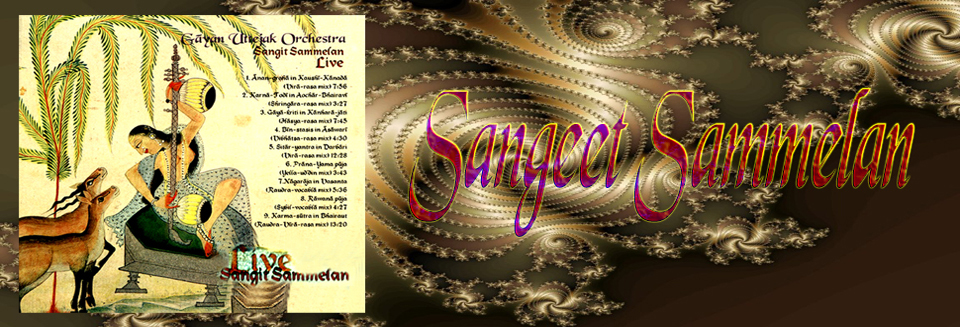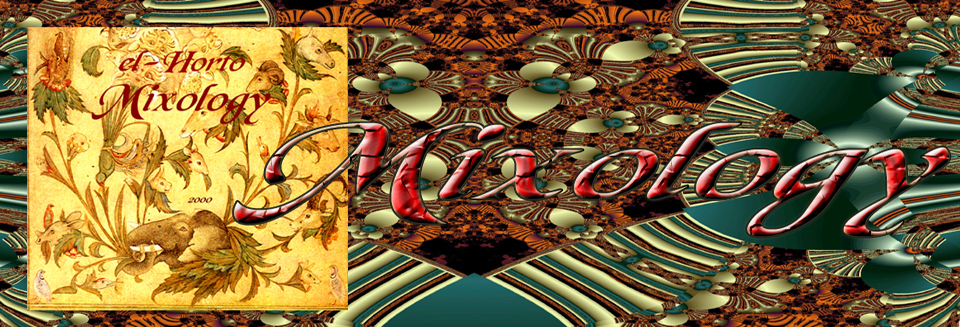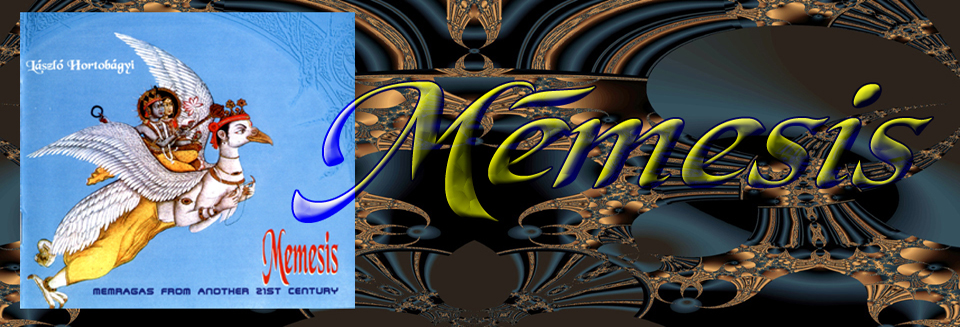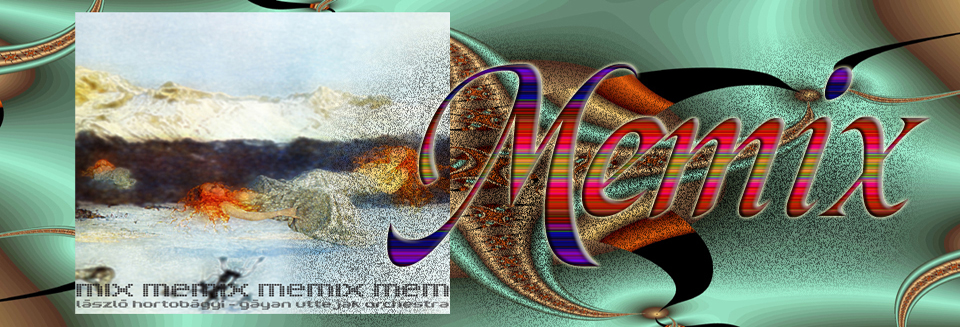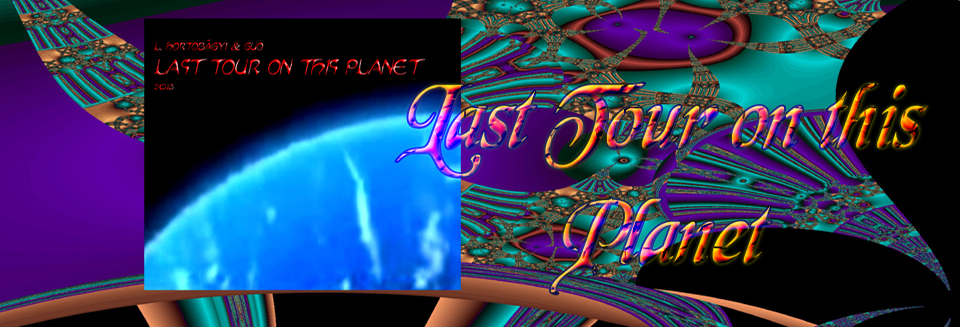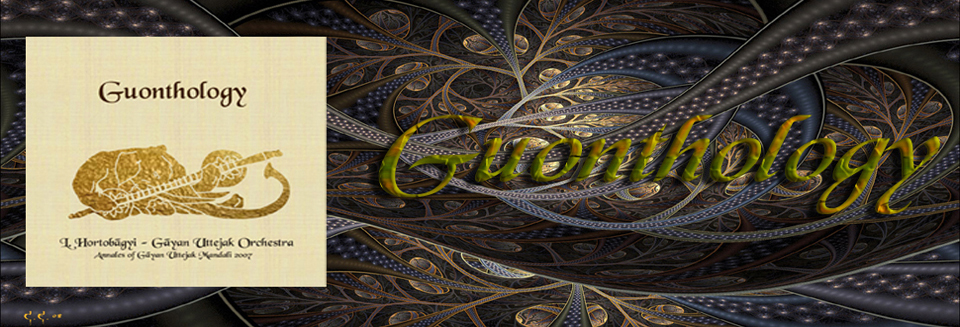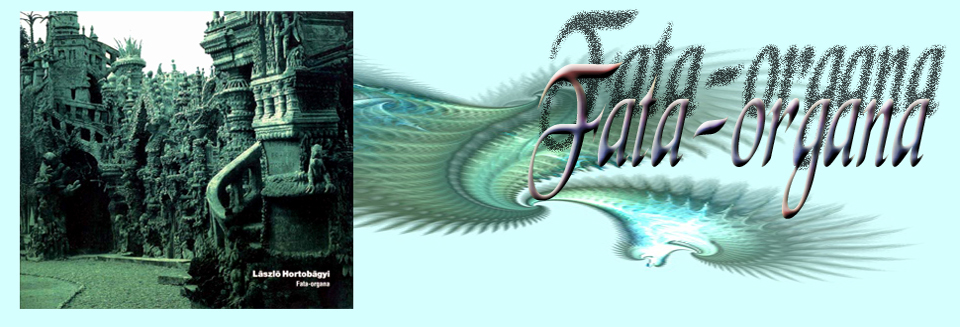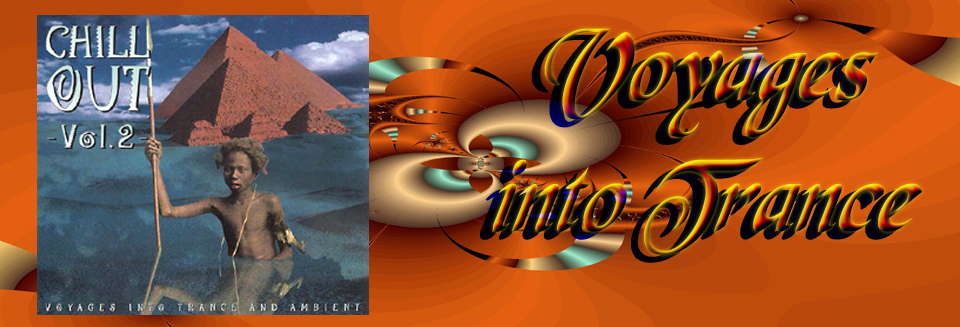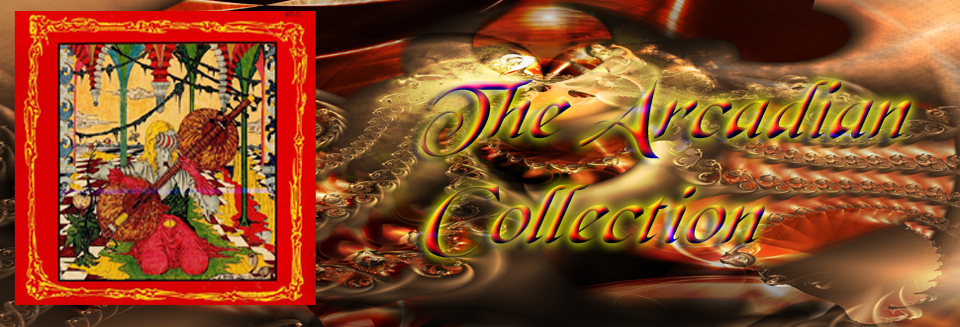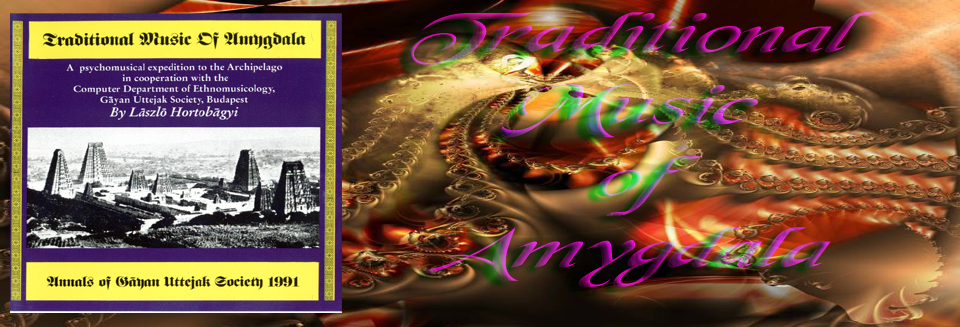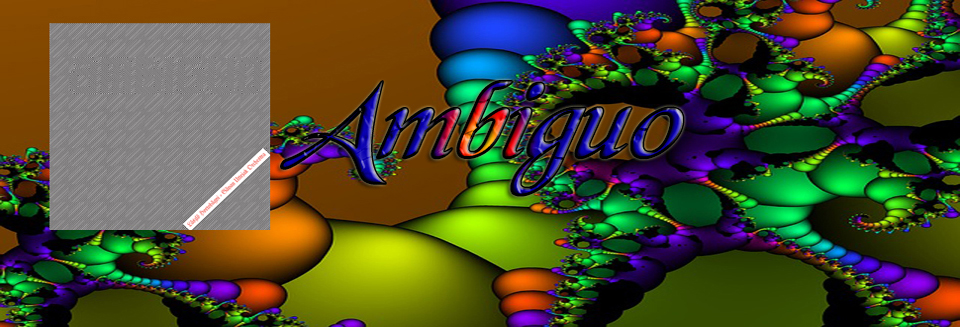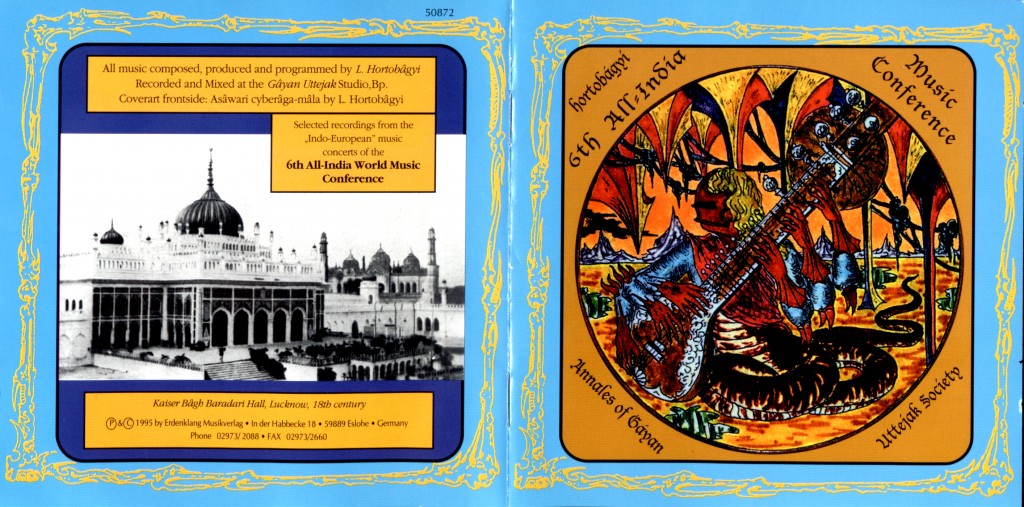Imagine
we are musicologist 300 years afier and get back into the world of the 20th. Century which is quite different from the today’s.
Imagine
that in this world you cannot find the American-Angto-Saxon Empire’s economic-technologic-cultural expansion also in the musical life but the Asian high-culture which is historically more ancient.
Imagine
this world where the high-structured system of the European polyphon music enters into combination with the Asian polyphonic technique of the musical time, where phrases of a Baroque organ is building according to the classical Tāla system and a composed matrix variations of the Tintāla Bass in Madhya Laya, where the traditional Sitār (of Gāyaki Ang) compositions of the North-Indian Kirānā vocal-school are performed as a polyphone harpsichord (or harpsitār) concerto accompanied by psychedelic reggae bass, where the orthodox Slavonic Church’s vocal service is supplied in the construction of the classical indian Dhrupad style (Ābhog, Sanchāri etc.), where the repetitive Gamelan music follows the construcuon of the instrumental rāga-s of India (Ālāp-Jhōr-Jhālla) and recalling the spirits of the classical electronic rock concerts in Jāva, where “God’s Army” the Eastem Church choir segments appear in the high-bridged Chakradār-Tihāi triplex construction of the cadence in the Indian Tāla system, where the traditional structure of the Tablā compositions are completed with the kāydā variations of the bass Widwan Tāla.
All in all where another 20th. Century’s music is infected with the spirit of the classical Indian-art-music culture. Bearing above of this mind the “Gāyan Uttejak Society” was set up in 1981 in Budapest, Hungary by Lāszlō Hortobāgyi, since then it has been acting – among other things – as a music studio and includes a remarkable Archives of Oriental Music, the only one in Eastern Europe. It was given the name of the Hindu-Moslem musicians society (1884-1917), founded by Visnu Nārāyan Bhātkhānde, the greatest character of the Indian musicology.
The members of the Gāyan Uttejak Society, Budapest have considered it their duty to practice and to study classical Indian music.
H i s t o r y
In the All-India Music Conference’s time (1916-1925) the Indian music was in its last glory; all the same time the white man last had the chance of listening to the Mogul courtly music and its musicians which remains so mysterious for him ever.
While the Indian society has been becaming a modern society demand presented itself for making a music-theoretical survey of the ancient music is more sociologic and covers the whole sub-continent.
In Europa (A.D. 1000) – as we know – scoring of the Gregorian chants (which sometimes involves melismesof 100 notes phrases) began when this vocal praxis – as an existing music practice – was coming to an end.
The Indian music has its roots in the family traditions of the musicians. Therefore the All-India Music Conference’s history is closely correlated to V.N. Bhātkhānde’s life story, the greatest character of the Indian musicology.
Visnu Nārāyan Bhātkhānde
He was born on Shri Krsna Janma Ashtami day in the Shaka year 1782 corresponding to the 1st August 1860, at Walkeshwar, a holy shrine at the foot of the hill called Malabar (today wellknown landmark of Bombay). During College career took to Sitār playing from Shri Gopāl Giri (a pupil of Ustād Ali Hussain Khān, Binkār) and later from Wallabhdās Damuljī of Bhatīa community (pupil of Jīvanlal Mahārāj, a religious head of the Vaishnavite temple of Buleshwār, who was the successor of the heritage of Pannanlal Bajpeyi of Benares). In 1884 joined and reorganized the Gāyan Uttejak Mandal, a music Society, sponsored by some wealthy members of the Parsi community, Bombay.
A number of prominent musicians belonged to the Society so that V.N. Bhātkhānde had the chance to get in touch with:
Ustād Tānrās Khān of Hyderad,
Ustād Ināyat HussainKhān of Rāmpur (son-in-low of Ustād Haddu Khān),
Ustād Mohammad Rahmat Khān, Dhrupadiyā,
Ustād Nissār Hussain Khān,
Ustād Natthan Khān,
Ustād Aman Ali Khān of Bhendibazaar, etc.
all veteran vocalist but also the famous
Ustād Bande Ali Khān, Bīnkār,
Ustād Ali Hussain Khān, Bīnkār,
Raoji Buwā Belbaugkār, Bīnkār-Dhrupadiyā, etc.
The practical musicans, a large majority of whom were Moslims, had no knowledge of the old texts or their theories. They only practised and demonstrated the Rāga-s, composed songs in them and sang them according to the traditions of their Gharānā’s-handed down from father to son or from teacher to pupil with the additions and alterations inevitable in an oral system of training and in the absence of a notation system. These traditions, which had became established, not with standing their deviation from the old theories, were the basis of modern Hindusthani music.
On this basis V. N Bhātkhānde started thinking and building up a fully systematised theory of music and classification of the Indian Rāga-s. Studied various Khyāl compositions from Ustad Nazir Khān, Sārangi player (his pupils are Smt. Anjanibāi Malpekār and Smt. Achhan Bāi of Lucknow) and Ustād Ashaq Ali Khān (son of the famous Ustād Mohammad Ali Khān of Jaipur, the “Kothiwals”).
In his first musicological tour in 1904 to the South Pandit Bhātkhānde visited Madras, Tanjore, Madura Etayapuram, Bangalore and Mysore. He met musicians and musicologists of these places and also visited the Public Libraries. At Etayapuram he met Shri Subbarāma Dikshitār a descedant of Govinda Dikshitār and Vankatamakhin.
The second tour was made in the year 1907 to the East; Nāgpur, Calcutta, Hyderabād (Dn), and Vijāyanāgar. At Calcutta, besides some other musicologist he met Sir Rāya Sourindra Mohan Tagore.
A pilgrimage to Jagannāth Puri followed and he went to Vijāyanāgar visiting the Library of the Mahārāja. The last place visited in the eastern tour was Hyderabād where he met Kashnināth Appā Tulsi and a number of professional musicians of Tānras Khān’s family, i.e.:
Ustād Ghulām Ghore Umrao Khān,
Ustād Abdul Karim Khān,
Ustād Ali Bux of Patiala,
Muhammad Siddique besides Murad Khān, Dhrupadiyā.
The last tour of research the Northern tour was made in 1908-09. Places visited were Jābalpur, Allāhabad, Varanasi (Benares), Agrā, Delhi, Mathurā, Jaipur, Bikaner and Udaipur. He met some people reputed for their scholarship in music such as Pitamlal Gosai of Allāhabad, Ganeshi Lal of Mathurā Pannanlal Goswami of Delhi and heard a number of Ustāds, particularly Ustād Zakiruddin Khān, Dhrupadiyā and his brother Ustād Allābande Khān of Udaipur.
At the end of these tours Pt. Bhātkhānde began the task of collecting and arranging the material gathered. Publishing several very important theoretical works in Marathi, Sanskrit and Hindi, till his death. His writings systematised the prevailing Hindusthani music and everybody interested in music started thinking and discussing about the Shāstra of contemporary music. His reputation spread far and wide and music loving Indian princes like H.H. Mahārāja Sayaji-Rao Gaekwad of Baroda, H.H. Mahārāja Madhaw Rao Scindia of Gwālior, H.H. Mahārāja Nawab Hamid Ali of Rāmpur began to take interest in his work.
1st. All-India Music Conference
At Ustād Moula Baksh Gisse Khān’s request he arrived at Baroda in 1915 as the guest of Sayaji Rao Mahārāja; then jointly worked out the plan for a future Music Conference.
Thus the 1th All-India Music Conference came to be held at Baroda in the Central Hall of Baroda College in March 1916. Papers on different topics of music were read by scholars of music from all over India induding South-India. Besides these discussion and debates at the Baroda College held during the day time, practical demonstrations of music by eminent artists deputed by the Indian States were held in the Darbār Hall of the Lakshmi Vilās Palace of Baroda. Thākur Nawab Ali Khān Sahib of Lucknow presided at this Conference. A permanent body by name All-India Music Conference Working Comitee was established with Pt. Bhātkhānde as its General Secretary. He established also Baroda state Music School which became a pan of M. S. University of Baroda’s Faculty of Fine Arts.
Some participants of the Conference:
Mr. E. Clements,
Shri K. B. Deval,
Shri Subbarāma Panditār
Ustād Zakiruddin Khān of Udaipur, Dhrupadiyā,
Hirjibhāi Doctor (Zamindār of Baroda States),
the great Ustād Faiyaz Hussain Khān of Agrā-Rangile and his pupils,
Ata Hussain Khān and Nissār Hussain Khān (son of Fidā H. Khān of Badayun) besides
Bhaskār Buwā Gokhale of Jaipur,
Ustād Abdullah Khān of Agrā Gh.
Ustād Altaf Hussain Khān of Agrā Gh.,
G. Bhilawadikār (founder of Shāradā Sangit Mandal), etc.
About 1917 H.H. Mahārāja Madhaw Rao Scindia of Gwālior sent an invitation to Pt. Bhātkhānde to visit Gwālior. At the request of Mahārāja drew up a scheme of a Music Schools of Gwālior and selecting musicians for it. Some famous of them: Rāja Bhaiyyā Puchwale, Shri Krishnarao Datey, Shri Bhaskar Rao Khāndeparkar, Shri Bhaskār Buwā Bakhale of Gwālior, Shri VN. Pathwardhan of Gwālior, etc. In 1918 the famous Madhaw Sangit Vidyālaya was opened in Gwālior.
2nd. All-India Music Conference
First half of the year 1918 he got into touch with H.H. Nawab Hamid Ali Khān of Rāmpur.
Rāmpur was an important centre of music and the Nawab’s family were patrons and also devotees of the Seniā Gharānā direct descedants of Tānsen’s tradition. Some excellent musicians live in the Darbār at the service of Nawab:
Ustād Mohammad Wazir Ali Khān, Binkār, Sitār, Dhrupadiyā, (the Guru of Nawab),
Ustād Kale Nazir Khān, Dhrupadiyā,
Prince Sadat Ali (Chamman Sahib) Khān, Surshringār player,
Ustād Mohammad Ali Khān, Rebāb player,etc.
The 2nd All-India Music Conference was held in December 1918 under presidentship of H.H. Nawab Hamid Ali Saheb of Rāmpur at Delhi. A proposal to establish a Central Academy of Hindusthani music at Delhi (later Sangīt Natak Akadmī) was put up for the first time at this Conference. Shri Brij Kishan Kaul was the Secretary. Pt. Bhātkhānde called all the important musicians together to discuss certain differences of opinion regarding some rāga-s, and he always aimed at such academic meetings of practising musicians in the All-India Music Conferences.
3rd. All-India Music Conference
All the top vocal and instrumentalists of India participated in the programmes:
Ustād Faiyaz-Hussain Khān of Agrā-Rangile Gh.,
Ustād Allābande Khān of Jaipur,
Musharraff Khān Binkār,
Ustād Imdād Khān Binkār and his sons;
Sādiq Ali Khān Binkār,
Ināyat Khān
Surbahār (father of Ustād Vilāyat Hussain Khān, sitār of Gāyaki Ang), and
Fidā Hussain Khān, Sarod,
Mushtāq Hussain Khān of Sahaswaan,
Ustād Allādiyā Khān of Kolhapur,
Ustād Barkatullah Khān, vocalist,
Ustād Hāfiz Ali Khān of Gwālior, Sarod (father of Amjad Ali Khān),
Ganpatrao Dewaskār, vocalist,
Ustād Chand Khān of Delhi Gh.,
the famous musicalogist and vocalist Visnu Digambār Paluskār,
Eknāth Pandit of Gwālior, etc.
4th. All-India Music Conference
The 4th session of A.I.M.C. was held at Lucknow in December 1924. It was organised as usual under the guidance of Pt. Bhātkhānde. He was greatly helped by Shri Rai Umanāth Bali of Dāryabād, the uncle of the late Shri Rai Rājeshwār Bali, a leading Tulāqdār of U.P. and at that time the Minister of Education in the Govemment of United Provinces. He proposed to organise the 4th All-India Music Conference at Lucknow and also invited Pt. Bhātkhānde to visit Lucknow and Dāryabād. The Conference was held in the historic Kaiser Bagh Baradari, under patronage of Shri Rai Rājeshwar Bali and Sir William Marris, Governor of U.P. Tulāqdārs and Zamindārs of U.P. were requested to contribute to the funds of the Conference, when at least 5000 persons was attended some of them.
Ustād Haider Ali Khān, Atroliwāle of Jaipur Gh., Balkrishnan Buwā Ichālkaranjikār, Binkār, Dhrupadiyā of Gwālior Gh., Kallē Khān of Muzzafarpur, Dhrupadiyā, Jiwanlal Mattu of Kirānā Gh., Balkrishnan Buwā Kapileshwāri of Kirānā Gh., Ānant Manohār Jashi of Gwālior Gh., Ganpat Buwā Bahārē of Kirānā Gh., Pt. Bholanāth Bhatt of Allāhabad, Dhripadiyā, Bal Gāndhārwa of Agrā Gh., G.R. Shaligram of Jaipur Gh., etc.
This 4th session of A.I.M.C. was a great success and spread the message of music throughout upper India.
5th. All-India Music Conference
The 5th session of A.I.M.C. was held again in Lucknow, December 1925 and in the same Kaiser Bagh Baradari. The main object of this Confenence was to pass a resolution to establish an Instituation of Musical Training at Lucknow itself. Classes of Music were opened in July 1926 and what is known as Topwali Kothi in the Kaiser Bagh Road. Later the classes were converted into “Marris College of Hindusthani Music” in 16th September 1926 in the Karser Bagh Baradari Hall.
The Schoolboard:
Shri Madhawrao Joshi, principal, Ustād Ahmad Khān of Lucknow Dhrupadiyā, Baqar Ali Khān, Sārāngi, Abid Hussain Khān of Lucknow, Tablā, Ustād Baba Nasīr, vocalist (son of Mohammed Siddique of the Tānras Khān’s Gharānā from Hyderabād) Ustād Chhote Munne Khān, (pupil of U Sādiq Ali Khān, Binkār), Pt. Shakhārāmji Gurav of Indore, Pakhāwaj of Nana Pansē School, Shri B.S. Pāthak from Madhaw Music College of Gwālior, Ustād Hamid Hussain Khān, Sitār, etc.
Shri Madhawrao Joshi, principal, Ustād Ahmad Khān of Lucknow Dhrupadiyā, Baqar Ali Khān, Sārāngi, Abid Hussain Khān of Lucknow, Tablā, Ustād Baba Nasīr, vocalist (son of Mohammed Siddique of the Tānras Khān’s Gharānā from Hyderabād) Ustād Chhote Munne Khān, (pupil of U Sādiq Ali Khān, Binkār), Pt. Shakhārāmji Gurav of Indore, Pakhāwaj of Nana Pansē School, Shri B.S. Pāthak from Madhaw Music College of Gwālior, Ustād Hamid Hussain Khān, Sitār, etc.
This Conference was the last one in Pt. Bhātkhānde’s life. A few great names from the participants of the 5th session of A.I.M.C.:
Pt. Rāmakrishna Buwa Wāze of Gwālior Gh.,
Pt. Sāwai Gāndhārwa of Kirānā Gh.,
Ustād Vilāyat Hussain Khān of Agrā-Rangile Gh.,
Ustād Abdul Wahid Khān, Binkār and Dhrupadiyā of Kirānā Gh.
Pandit Visnu Nārāyan Bhātkhānde died on the 19th September 1936 which was the Ganesh Chaturthi day. After his death some little Music Conferences was held in Ajmer and Kānpur.
6th. All-India Music Conference
By the time of the 6th A.I.W.M.C. organized by the Gāyan Uttejak Society in Budapest 1991, the old greats of the Indian music died off long ago. Due to the industrialization the courtly music lost its traditional background for ever.
The today living musicians of classical education finding themselves face to face with the western way of life and concert life of its have lost their music-culture identity and perform a standard-homogeneous consumer’s music to the best of their technical talent however without delicacy of the skill knowledge what the classical schools (Gharānā-s) alone can produce. The replacement of the great Gharānā-s is dwindling and the master-pupil succession (guru-shikshā paramparā) is breaking up. Day after day some of the masters depart this life and a good many of not handed down compositions came to nothing. The middle-aged generation of the musicians having traditional music education but lead a modem western way of life parish too soon.
A few recordings from the concerts of the imaginary 6th All-Indian World Music Conference wants to commemorate of them and presents the possible influence of the Indian music that one of same other culture.
*
CD BOOKLET TXT
CD GrFx DOWNLOAD
or right click above = save link as = keep
*
1990 – 2023 / 6th.All Indian Music Conference (reMix-reMastered version)
click on pictures link in new tab


